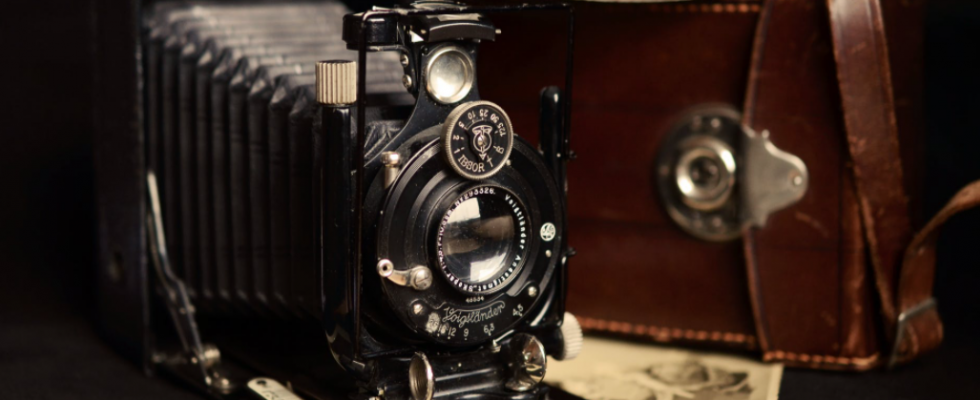Garden Lecture ~ April, 22, 2021
Bucks County Community College’s 13th annual Tyler formal gardens & landscaping tour, titled “The Creative Eye: Secrets and Lies in Photographing Gardens,” was held virtually and featured Ron Cardillo, a professional garden and landscape photographer. Ron’s work I feel is that of a Historic Preservationist because he uses his talents and skills to capture precious moments in time that are experienced in spaces and places. These moments are not only unique, and nonrenewable, they are fleeting! His imagery tells the stories of not only the places but also the sense of a place, at a very specific moment.
Ron uses his years of experience to enhance messages in his photography by way of many techniques discussed. Such as the critical value of thoughtful timing in both season and time of day. Understanding that geometries, repetition, and patterns all matter. They are in nature, and created in our man made environment, as people delight in them. The compositional impact of using the “Golden Rule” of thirds and using it’s grid intersections as “points of power” for object placement. How intentional use of focus, or the lack thereof, on objects to create depth and mystery. How relationships between objects can both distract and serve to tell a richer story. Most of all, what he nicknames the “secret sauce” of photography, is light. Whether it be soft or hard, coming from the front, side or best yet, back, light is a photographer’s best tool.
I feel Ron’s photography is related to Historic Preservation because it also achieves our same goal in that it forms a connection, and builds appreciation that can lead to the preservation of cultural resources. Photography requires the ability to identify things that are worthy of preservation. Skilled photographers are capable of capturing the essence of what makes those things unique. Well crafted imagery can trap the stories of the objects, spaces, faces, places in them. In a photo’s stopped time, we can slowly contemplate, study, and use what we observe as evidence and reference material for what is easily lost or changed by time. Finally, the slices of existence in a space are made shareable through photography in galleries, in books, and even made viral online. Just as the saying goes, a “picture is worth a thousand words,” so is the value of photography to any preservation effort. Therefore and similar to how ancient painters fill our museums today with information, photographers are key contributors and assets to the preservation movement now.
Lyle Rosenberger, founder of the Historic Preservation Certificate program at BCCC, ended the discussion by suggesting we use “new eyes” when taking our photos. A perfect suggestion, particularly in photography as storytelling. I say this because Ron Cardillo so wisely desires in his work, to discover the personalities of the gardens he photographs. How better to define the interfacing of photography and historic preservation than to use imagery as a means to discover the personalities of spaces and places.
